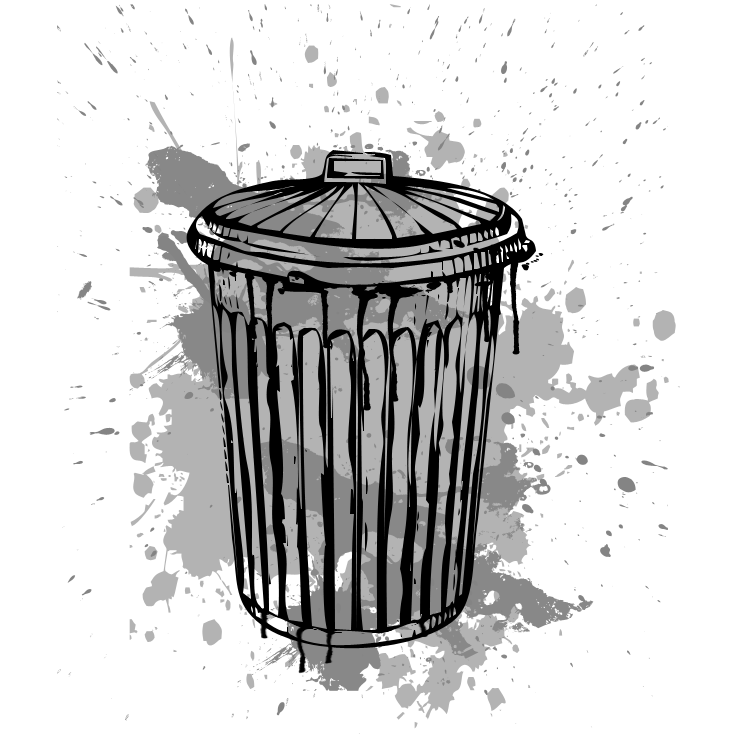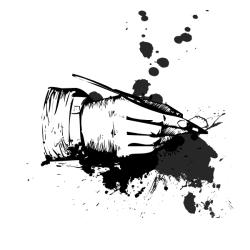A version of this post appears in the APSCUF-KU May 2016 Newsletter.
Earlier this year, Pennsylvania’s System of Higher Education (PASSHE) issued a press release on a report entitled Degrees of Value. This report from Georgetown University’s Center on Education and the Workforce will become part of the State System’s “Program Alignment Toolkit.” Looking at undergraduate degrees and income, the report essentially takes a return-on-investment (ROI) approach to college degrees. In PASSHE’s press release, it noted that: “While college-educated employees in any field tend to earn more than those with only a high school education, the college majors that lead to the highest earnings are in STEM, health and business. For example, a major in architecture and engineering, the highest-paying area of STEM, led to average earnings of $82,500 in Pennsylvania.”
The ROI approach to undergraduate programs is highly problematic and often criticized. Not only are there problems with its logic, it is typically used as an attack on the arts and humanities. APSCUF, the union representing faculty in the PASSHE system, has issued its statement on the report. However, I would like to offer my thoughts on the report. I do not find the results of the report particularly surprising. What is disconcerting is that the document lacks nuance even when using a ROI rationale and the report’s own data.
Take for example the state average for students who majored in the humanities and liberal arts. Median earnings for a humanities and liberal arts major between the ages of 12-64 is $45,300 statewide. However, a humanities and liberal arts major in the Southeast region of the state makes $49,900, which is more than a biology and life science major living in the Northwest region of the state ($46,400) and pretty close to a biology major in the Southwest region ($51,000).
|
|
Biology & Life Science | Humanities & Liberal Arts |
| Central Region |
$58,500 |
$44,100 |
| Northeast Region |
56,800 |
40,000 |
| Northwest Region |
46,400 |
36,100 |
| Southeast Region |
67,300 |
49,900 |
|
Southwest Region |
51,000 |
41,200 |
|
Statewide |
59,700 |
45,300 |
| Source: Degrees of Value, Figure 14, pages 23-24 | ||
The Degrees of Value report only briefly discusses geographic differences. However, it only does so within majors. This is because using income as a benchmark is complicated by significant regional differences in jobs, cost of living, and economic resources. Yet, the report’s focus is solely on income.
PASSHE’s acceptance of the report reinforces faculty fears of a vocational-drive by campus administrators and state leaders. Yet, the data within the report does not support a vocational-drive based on ROI. Students majoring in the social sciences make more than those in fields such as agriculture and natural resources, education, law & public policy, journalism, industrial arts, and social work.
| Major | Median earnings by undergraduate major group ages 21-64 |
| Social Sciences | $52,800 |
| Agriculture & natural resources | 50,800 |
| Education | 47,800 |
| Law & public policy | 46,700 |
| Communications & journalism | 43,400 |
| Industrial arts, consumer services & recreation | 42,100 |
| Psychology & social work | 42,100 |
| Source: Degrees of Value, Figure 12, page 20 | |
In addition to the report’s focus on STEM-H, business majors are a focus. Yet, social science majors in the Southeast Region do better than many business majors across the state.
|
Business |
Social Sciences (excluding psychology and social work) |
|
| Central Region |
$55,900 |
$49,500 |
| Northeast Region |
50,500 |
42,100 |
| Northwest Region |
46,300 |
42,900 |
| Southeast Region |
67,300 |
60,500 |
| Southwest Region |
55,000 |
47,100 |
| Statewide |
58,900 |
52,800 |
| Source: Degrees of Value, Figure 14, pages 23-24 | ||
It is also important to note that nationally, the gap between humanities & social science, and professional & pre-professional fields closes significantly over the course of a worker’s career.
Source: Chronicle of Higher Education, AAUP.
In conclusion, the equating of undergraduate degree with income is simplistic. It ignores economic geography, labor market dimensions, as well less quantifiable benefits such as career satisfaction, community service, and job security.









